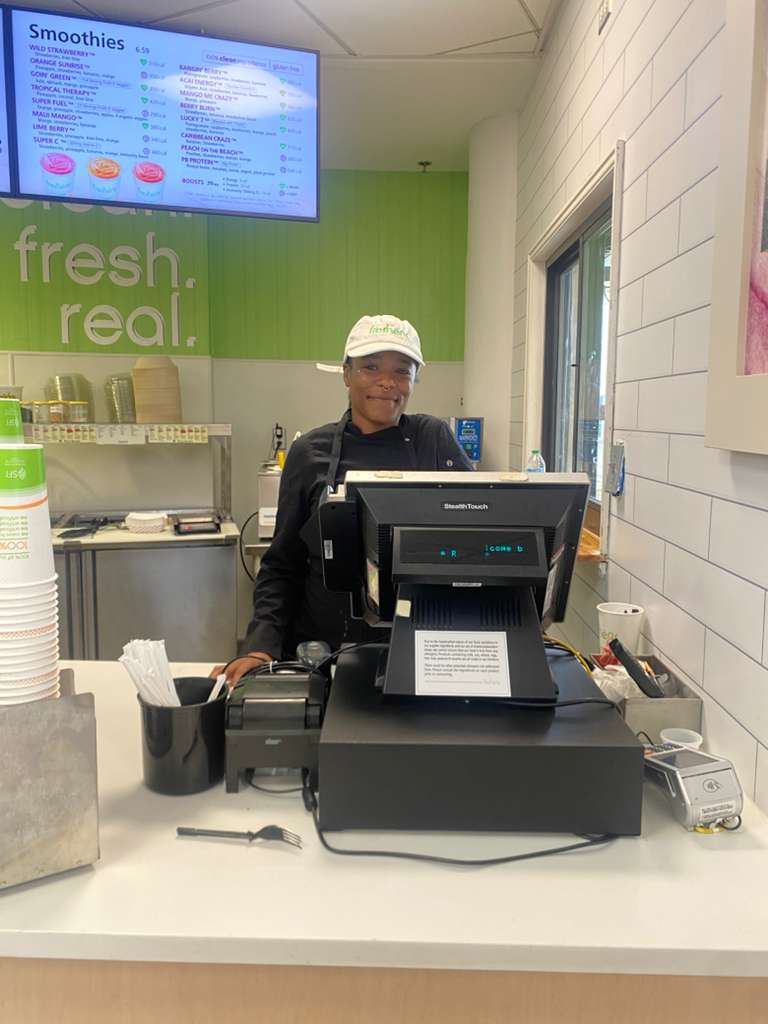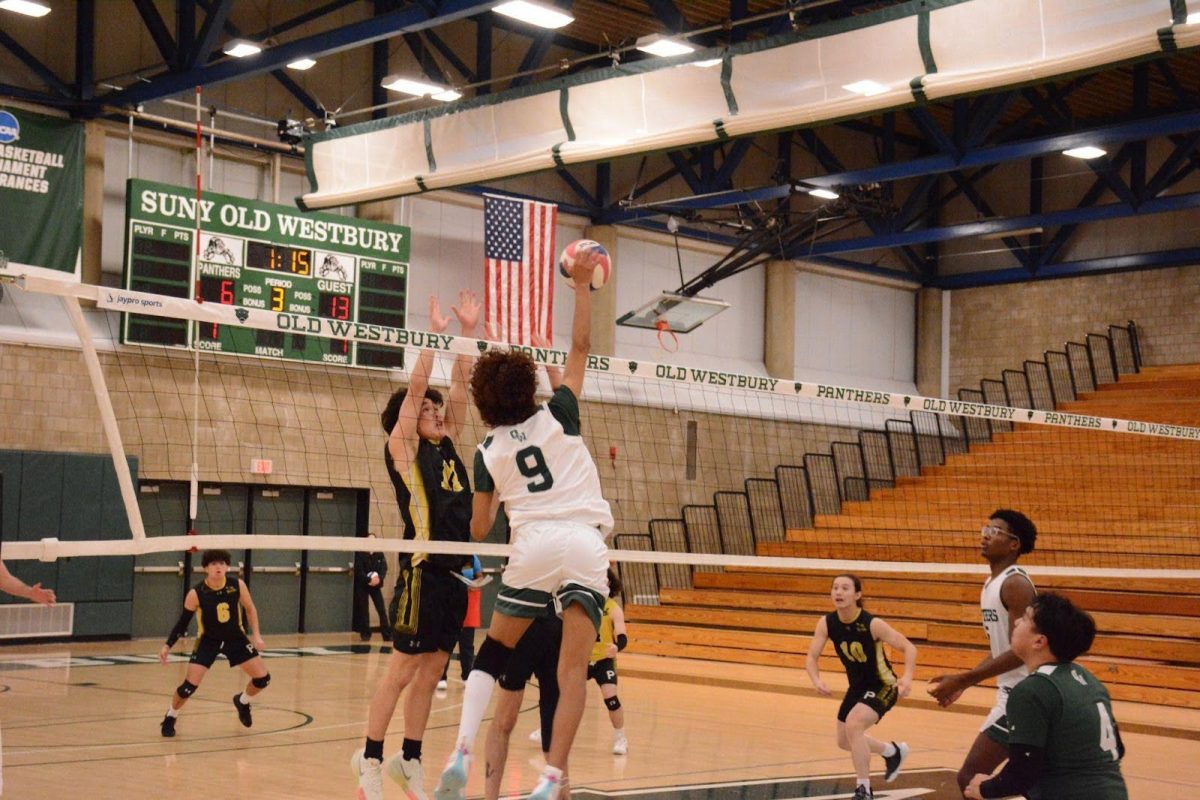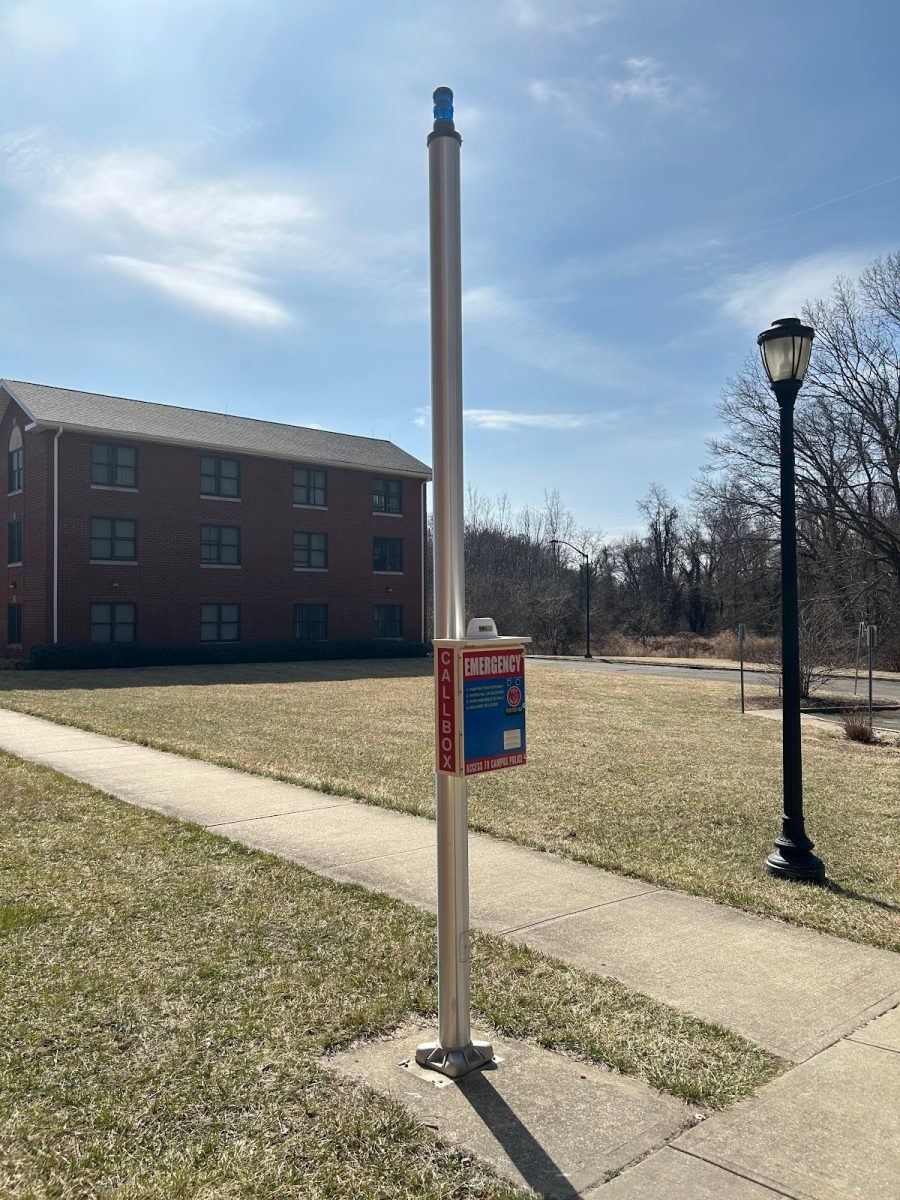
Bringing a dog into your life can be exciting, but it can also be stressful for you and your dog until you get a routine that works.
It can take longer for your dog to adapt to its new home, especially if he has lived in different houses or a shelter before.
When you are getting your first puppy, you must think about what breed you want and research whether that is the right breed to match your lifestyle.
Active breeds are big dogs that require more activity throughout the day to burn their energy and live healthier lives. They need a lot of space. If you are thinking of bringing a big dog into a small apartment in the city, it may not be the best idea, unless you have an active lifestyle and take the dog out multiple times for recreation. Small-breed dogs are good for people who live in small apartments and can’t take them out multiple times a day.
What do you need before your dog arrives?
You may need to gather all the supplies you might need for your dog in advance.
First, you may need to get a blanket, a dog bed of the appropriate size for your dog, a bowl for water, and food.
Then, you should get your dog some toys and clothes.
Finally, you might want to establish a routine for your dog with the rest of the family. You may need to determine who will feed or walk the dog and who will take care of the dog when you are at work, unless you work from home.
The first week…
When you bring the dog home, make sure you and your family will be home for more than one day so you can help the dog familiarize himself or herself faster with all the people he or she will live with.
The first week is always difficult because your dog will struggle to adjust to its new surroundings and may wander around the house.
You may need to get insurance for your dog. Follow up with a first visit to the veterinarian to get the dog vaccinated.
What about the training process?
You may sign your dog up for training classes after the first week or two.
The dog, you, and your family may then be required to attend training sessions that will be held between your home and another location where training is being provided.
When the training sessions are over, be consistent and maintain a routine at home. This will allow your dog to maintain good behavior and save you a lot of trouble in the future.
Keep an eye on your dog’s health.
Make sure that your dog is up-to-date on its shots and that you take him to the veterinarian for annual checkups.
Make sure that you are feeding your dog the right food and that you are providing the right treats.
Also, shower your dog once every two to three months to keep his coat clean and free of fungus and fleas.
For more information, you can visit the following websites:





















